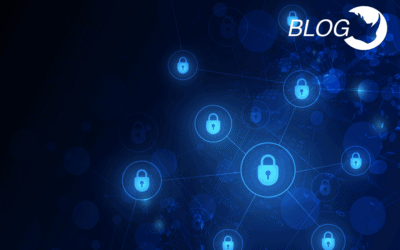4 Differences Between Threat Hunting vs. Threat Detection
Increasingly, companies are becoming aware of the importance of building threat detection and hunting capabilities that avoid putting their businesses at risk. Now more than ever, when it comes to both protecting enterprise cybersecurity and delivering effective IT security solutions and services, organizations and MSPs can no longer simply act when cyberattacks occur, but long before they even pose a threat.










